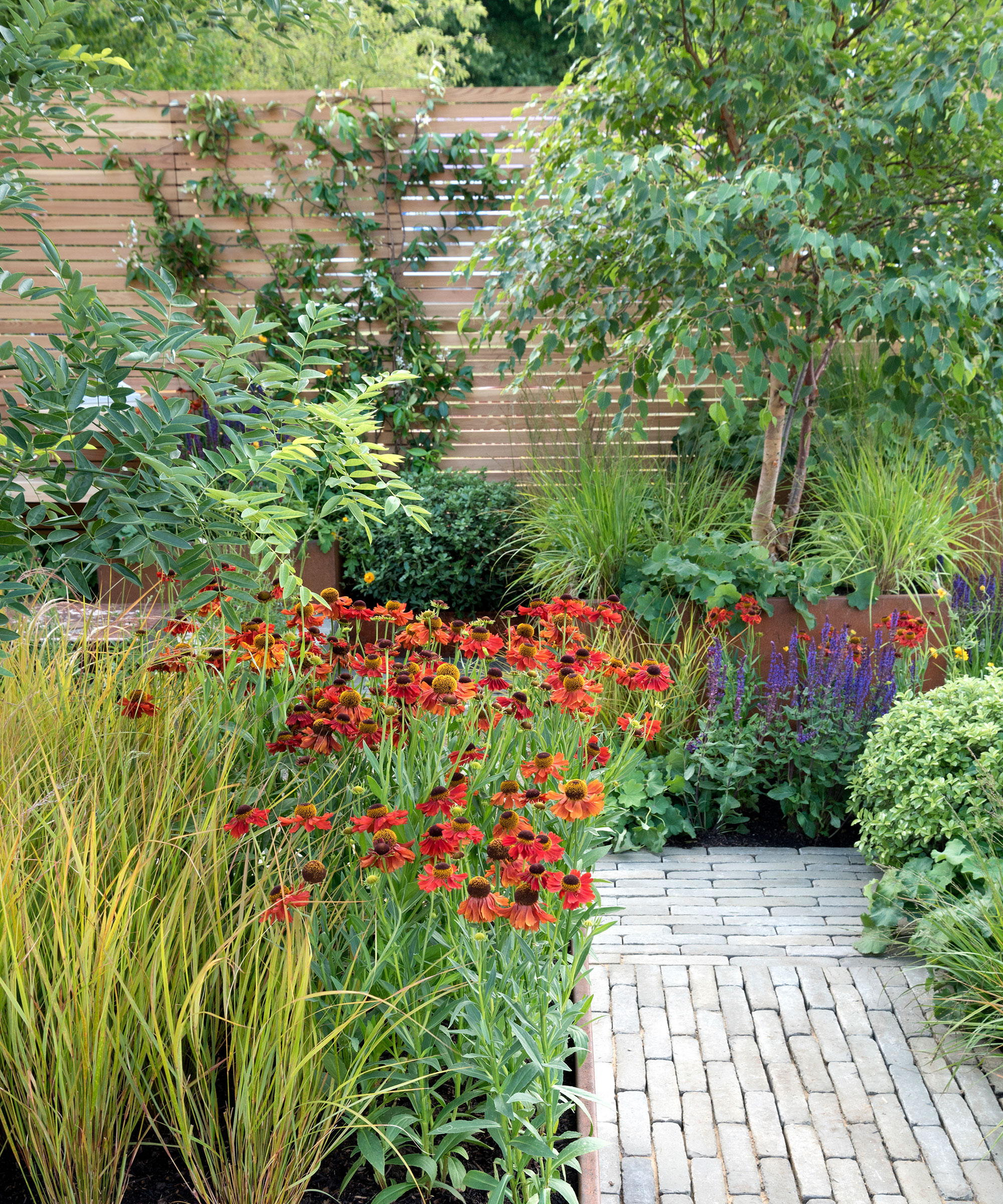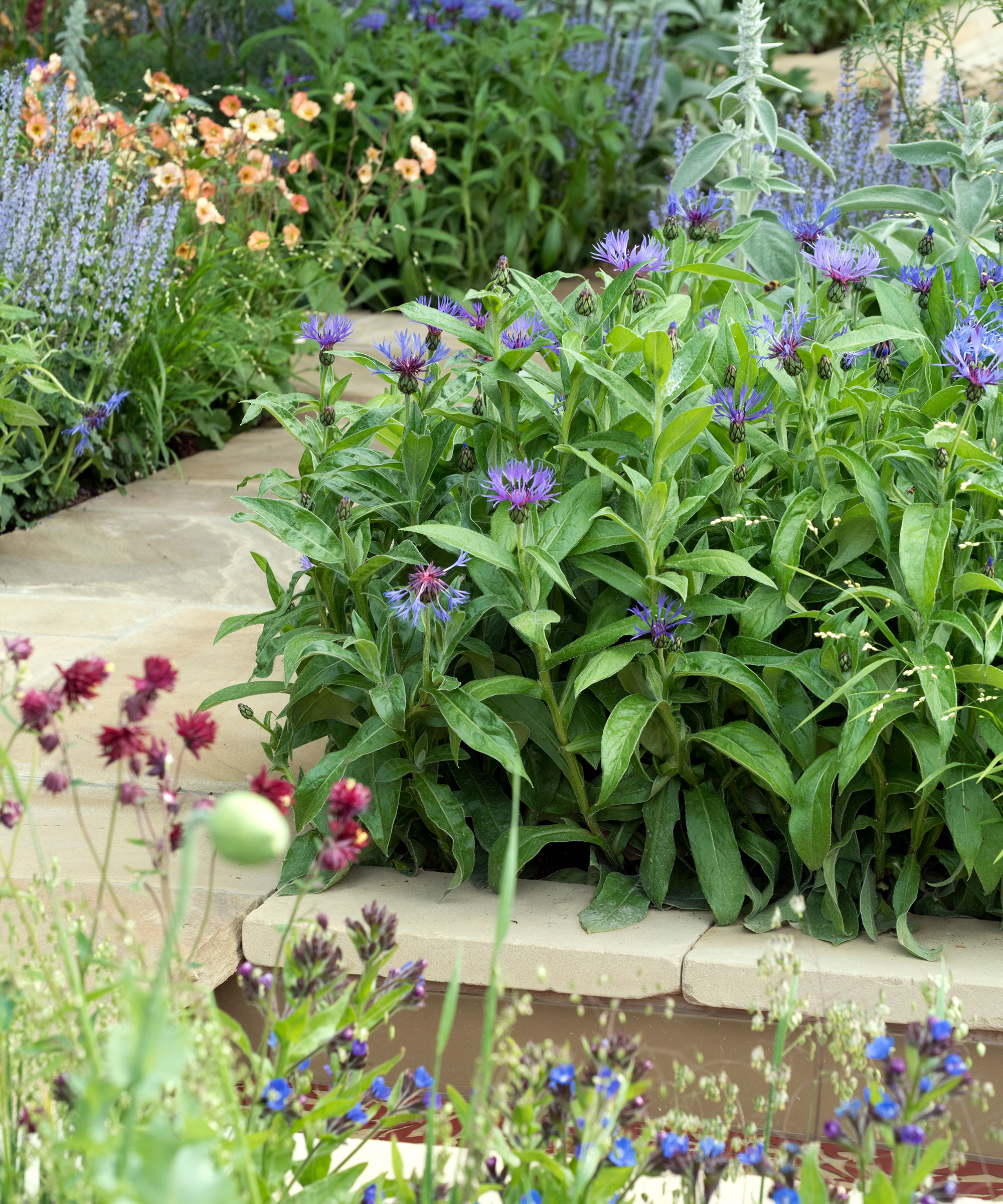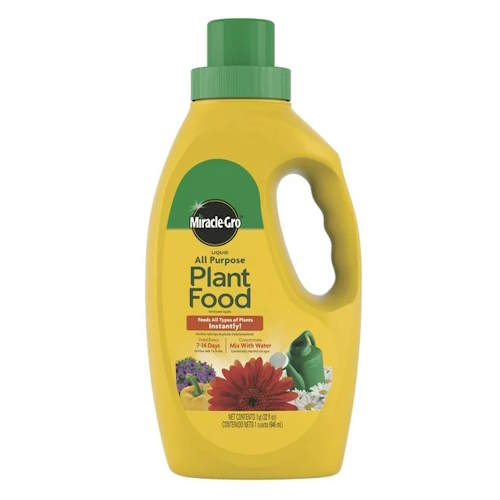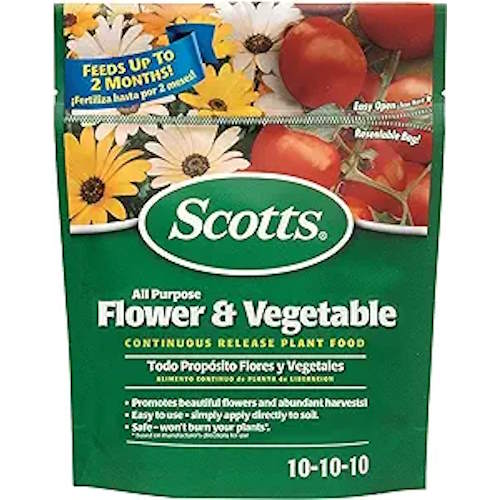When to fertilize flower beds – expert tips for feeding annual and perennial flowers
Discover expert advice on how often to fertilize flowers in your beds and borders for a vibrant display of blooms


Plants in beds and borders can struggle to put on a great display of flowers if they don’t have access to the right nutrients - and it would be a disappointing flower bed indeed without any actual blooms to enjoy.
Nurturing and developing soil health is important to happy and healthy plants. Using fertilizers is also a proven way to give your flowering plants the nutrients that they need to bloom fantastically.
It is not a one-size-fits-all approach, though, as when and how often to fertilize flowers can vary depending on the type. We reveal recommendations from plant experts about when to fertilize flower beds and how regularly you should feed both perennial and annual flowers.

Knowing when to fertilize flower beds can help plants perform
Fertilizing flower beds is an important job
Feeding your flower beds needs definitely be a job on any spring gardening checklist. All plants need nutrients and your soil can become deficient if they use up all the goodness year after year and you do not replenish the levels. It is beneficial to regularly test your soil to see its current nutrient levels and discover if it is lacking in any particular nutrients.
Adding fertilizer will supply important nutrients to promote healthy foliage growth and develop a display of fantastic flowers. Along with pruning plants in spring and doing key lawn care jobs in spring, make sure that fertilizing flower beds sit on your to-do list.
When to fertilize flower beds

When you fertilize flower beds you give plants a boost of nutrients
When you feed throughout the growing season, and the amount of fertilizer required, will depend on if you are growing annual or perennial plants. A flower bed featuring both types may need you to tailor your approach to cater for the needs of particular plants.
Perennials
Design expertise in your inbox – from inspiring decorating ideas and beautiful celebrity homes to practical gardening advice and shopping round-ups.
As perennial plants in flower beds are predominantly dormant from late fall through to late winter or early spring, there is no need to give them any fertilizer at this point. Feeding during dormancy can stress plants and leave them more susceptible to pests and diseases.
Perennial plants want to be fed before they start actively growing in spring and also throughout their growing season. This gives them a boost of nutrients at vital points of their annual cycle, when they are first starting to grow and when vigorously producing buds and flowers.
Annuals
Annual flowers will be planted into flower beds, borders, or raised garden beds later in the spring - after the frosts have ended for your US hardiness zone.
It is good practice to fertilize annuals at the time of planting with a balanced and slow-release fertilizer and then continue to feed the hungry plants throughout their growing season. Feeding throughout summer will promote strong and continual blooming of flowers and you want to continue fertilizing flowers until late summer or early fall.
Top tips for both
Adding organic matter, such as compost or well-rotted manure, to the site before planting, and mulching, are also two proven ways of boosting the fertility of any soil type in spring to benefit both annual and perennial plants.
As well as there being no need to fertilize in winter, you should not feed perennial flowers in late summer or fall. This is because feeding at this time will encourage unnecessary new growth late in the season, when the plant should be preparing for winter dormancy.
How often to fertilize flower beds

Annuals in flower beds benefit from regular fertilizing
How often you need to feed flowers depends on their type and whether you are using a slow-release granular fertilizer or a faster-releasing liquid feed.
Commonly, slow-release feeds are applied in spring to provide nutrients over many months, while liquid feeds are beneficial for summer applications to give quick bursts of nutrients to keep plants healthy and flowering profusely.
Perennials and annual plants will have differing requirements for how often they will need fertilizing throughout the seasons - and you will need to adjust your feeding schedule depending on the needs of particular plants.
‘Perennial flowers should be fed in the spring when they start to emerge from the ground or show signs of new growth,’ says Amy Enfield from ScottsMiracle-Gro. ‘They also benefit from a second feeding around mid-season (summer) when they are growing most vigorously.
The fertilizing schedule is more intensive for annual flowers, along with any flowers that grow as part of a container garden - as flowers in pots can quickly exhaust all the nutrients in the soil. However, sticking to a well-regimented feeding regime will reward you with a fantastic display of flowers through the summer and into fall.
‘With annuals, especially hungry plants like sweet peas, I would incorporate some compost or manure before planting and then use a slow-release fertilizer sprinkled around them which will mean that they have food available for several weeks,’ recommends Rosebie Morton, founder of The Real Flower Company.
‘As they come into flower, I then use a liquid fertilizer to give them a boost to enhance their flowering every couple of weeks.’
The liquid fertilizer is mixed with water and applied to the annuals when you water plants throughout summer. The feeding regime should be scaled back as the flowering period declines in the fall.

Amy has over 25 years of experience in the Lawn & Garden industry and has been with ScottsMiracle-Gro for 11 years. She has a BS and MS in Horticulture from Michigan State University and a PhD in Plant & Environmental Sciences from Clemson University

Rosebie Morton is the founder of The Real Flower Company. She first started growing garden roses in the walled garden at her family farm in 1995. The Real Flower Company was founded in 1999 and specializes in English grown scented roses and flowers.
Shop flower fertilizers
FAQs
When should I start feeding my flowers after winter?
Flowers do not need feeding until they start to grow again in late winter or early spring, the exact time of which will depend on the type of plant and also your climate. It is also important that the worst of the winter weather has passed before you start applying fertilizer. Do not apply any feed if the ground is frozen or waterlogged.
Whatever the style of your borders, you aspire for lots of flowers to enjoy. Whether you have a cottage garden border, a scented border, or even a butterfly border, the flowering plants will perform at their best if you show them a bit of love and ensure they get all the nutrients they need - so do not overlook the importance of fertilizing any flower beds in your garden.

Drew has worked as a writer since 2008 and was also a professional gardener for many years. As a trained horticulturist, he worked in prestigious historic gardens, including Hanbury Hall and the world-famous Hidcote Manor Garden. He also spent time as a specialist kitchen gardener at Soho Farmhouse and Netherby Hall, where he grew vegetables, fruit, herbs, and cut flowers for restaurants. Drew has written for numerous print and online publications and is an allotment holder and garden blogger. He is shortlisted for the Digital Gardening Writer of the Year at the 2025 Garden Media Guild Awards.


